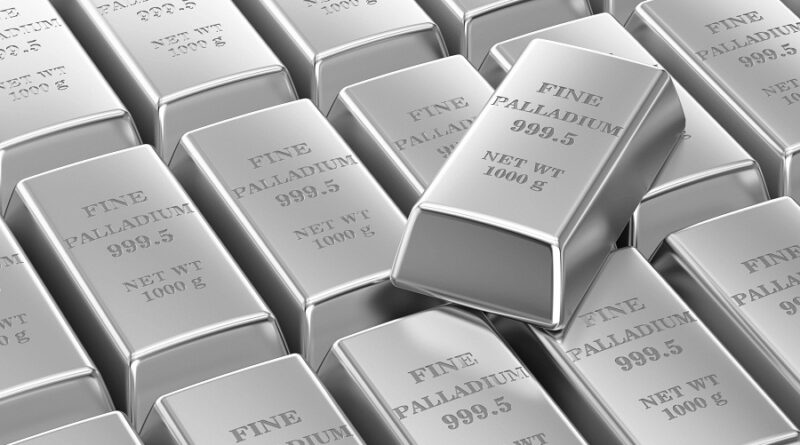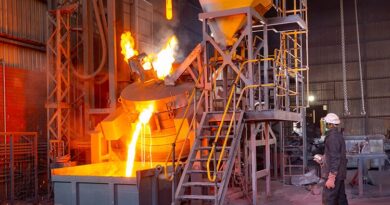Platinum loadings and platinum substitution for palladium could be higher than estimated
One of the unexplained phenomena of recent times has been China’s net platinum imports consistently exceeding the country’s identifiable demand, a trend which has only accelerated in recent quarters, and which remains unexplained. Global import/export data should probably always be treated cautiously with regard to absolute accuracy, but the magnitude of the discrepancies in China cannot be accounted for in terms of inaccuracies alone.
One possible reason could be that participants in China’s hydrogen and fuel cell industries are building a strategic inventory of platinum (at attractive prices), but another could be that per vehicle platinum loadings are higher than estimated, which could certainly be true in the context of China VI loadings which appear significantly lighter than those of vehicles in regions meeting comparable emissions standards.
For example, in the heavy-duty vehicle segment we estimate that platinum loadings in China could be less than 3g per vehicle in 2021, in comparison to an estimate of over 20g per vehicle in Europe (albeit that China VI was implemented only in July 2021). While we can see from the data in 2021 that platinum imports are running ahead of demand projections, we can also see that palladium imports are running below demand expectations.
It could be that China had previously built domestic stocks of palladium which are now being drawn upon for automotive use, or it could be that there is greater substitution ongoing within the automotive sector in China specifically. Based on one-for-one substitution with platinum, the 2021 palladium deficit of 1,069 koz, as estimated by Metals Focus in May this year, would be reduced by at least the forecast 200 koz of global platinum substitution.
More broadly, beyond China, it is also possible that the scale of platinum substitution for palladium is being underestimated. Forecast automotive platinum demand in 2021 includes 200 koz for palladium substitution, with a more than doubling of that in 2022. Despite the surpluses forecast in both years, exchange outflows, high lease rates and relative platinum price strength suggest the market is currently tighter than the forecast surpluses would suggest.
As such, it is quite possible that higher than expected substitution rates in combination with high China imports could be keeping market availability of platinum low.




